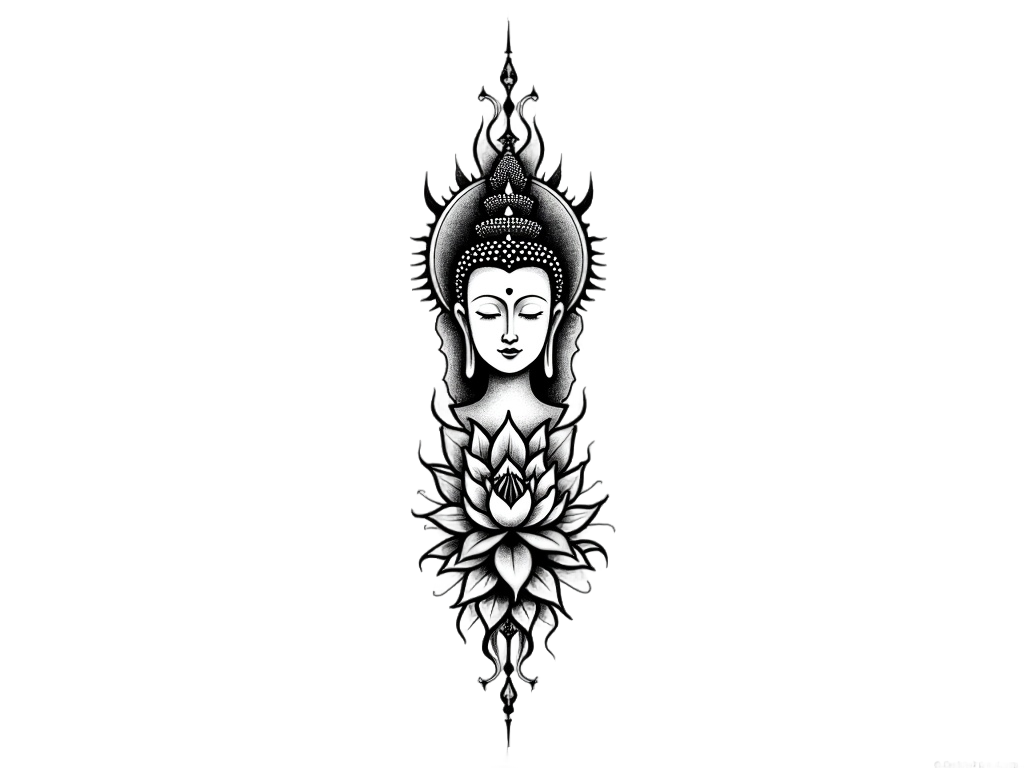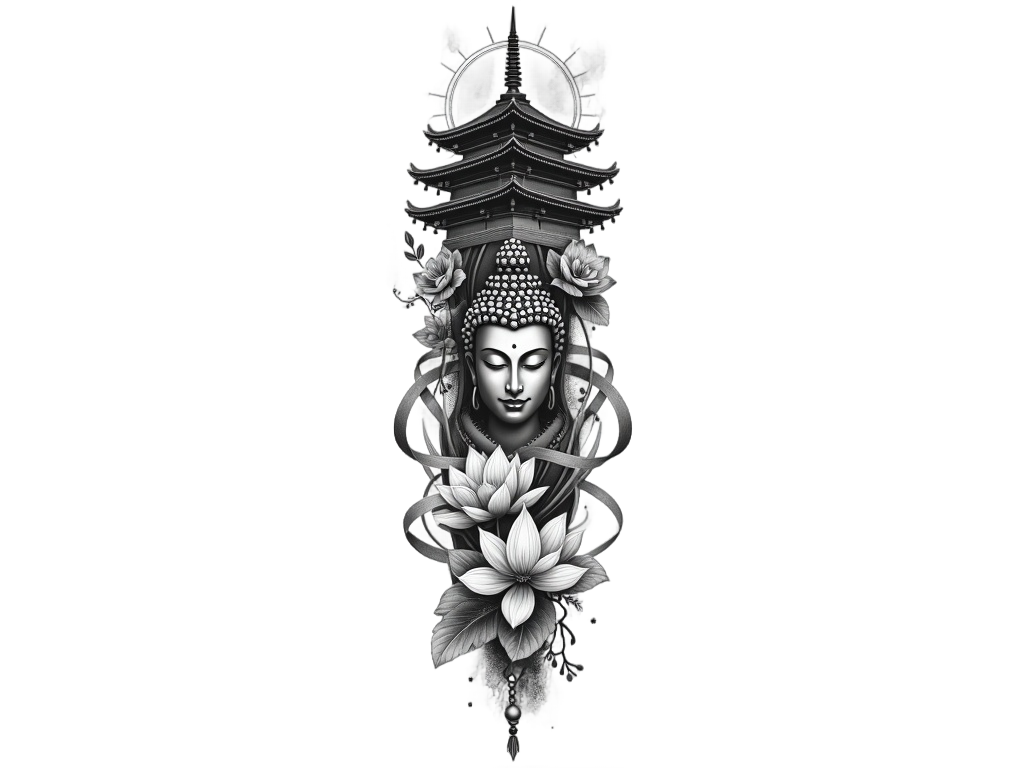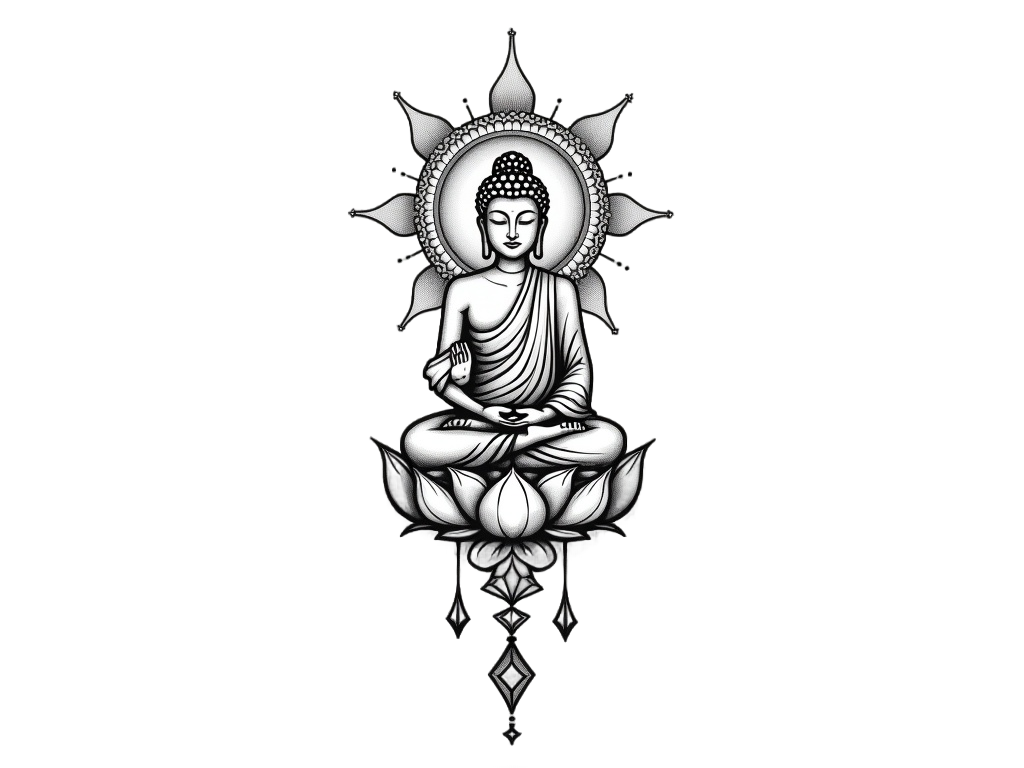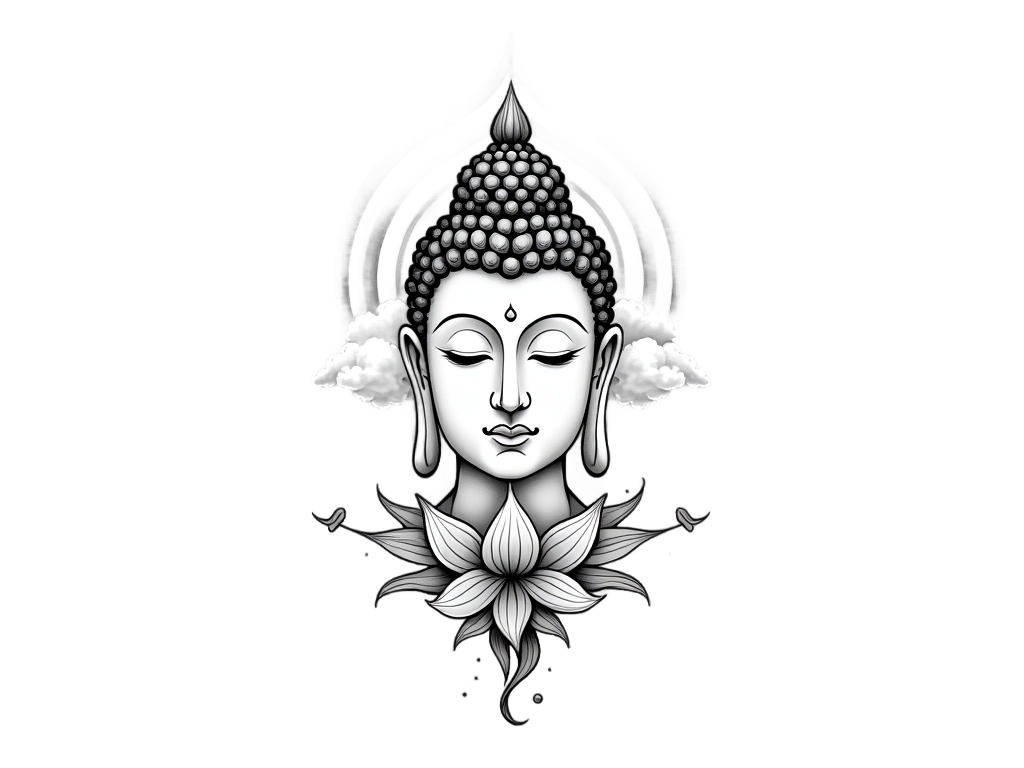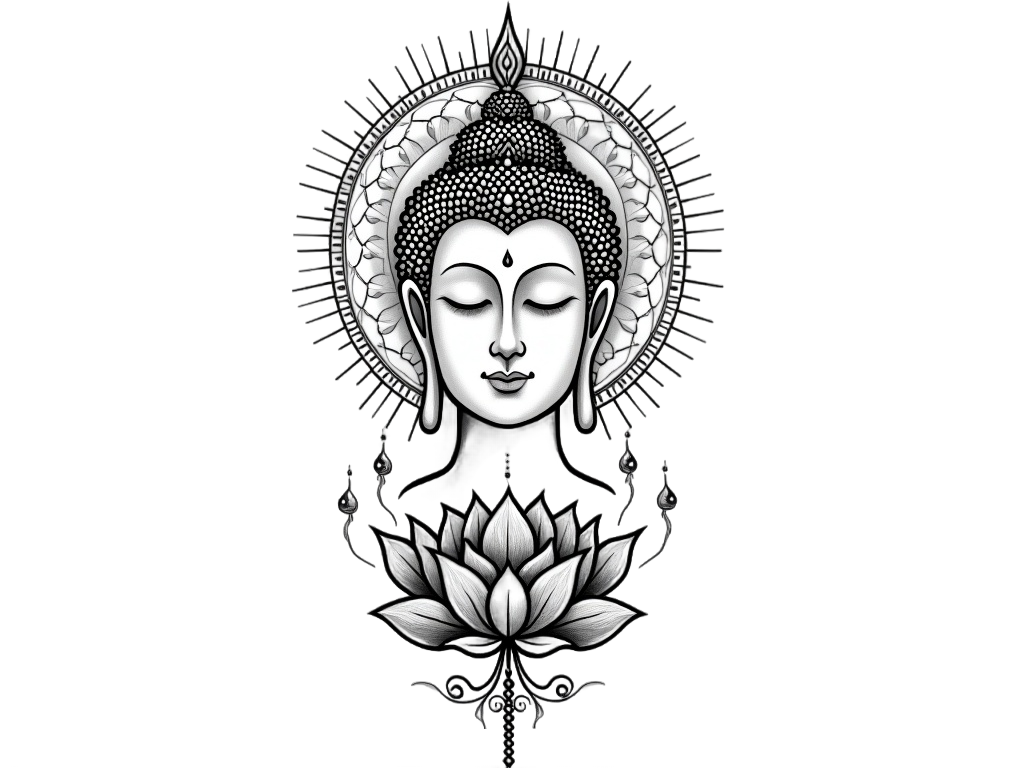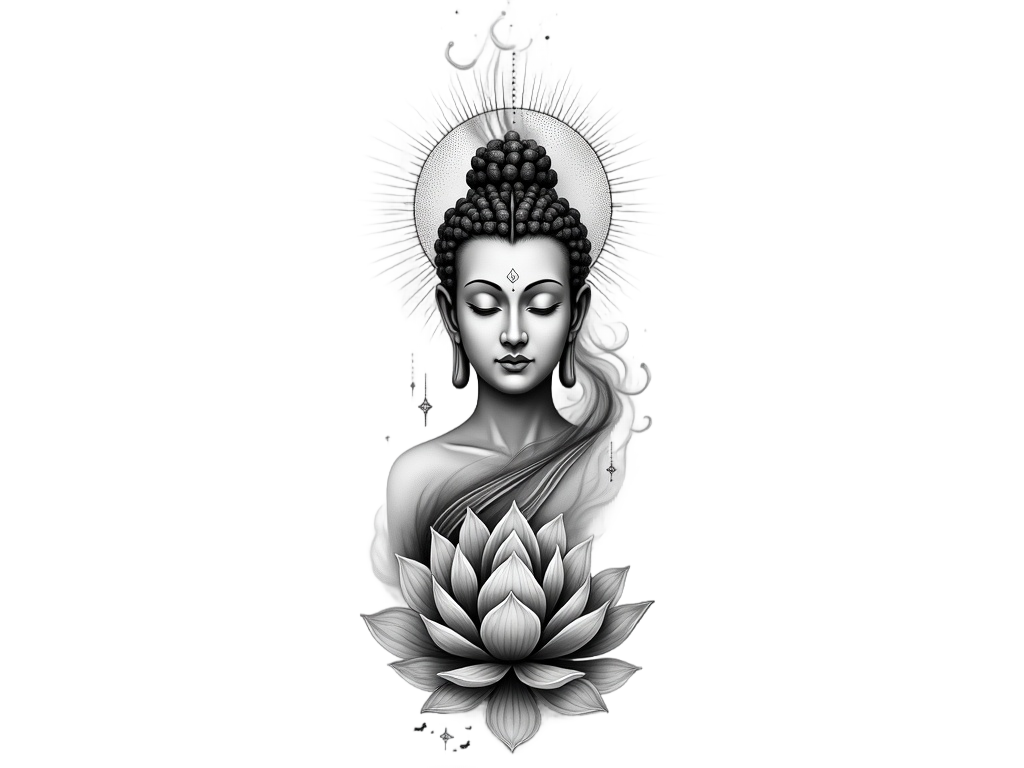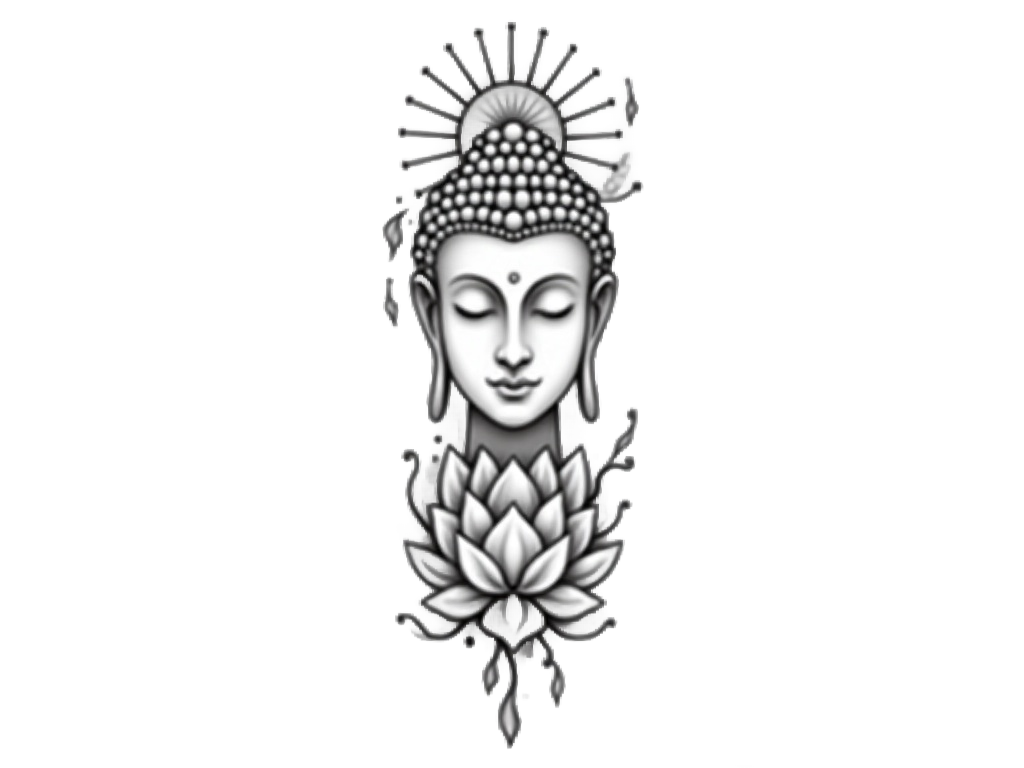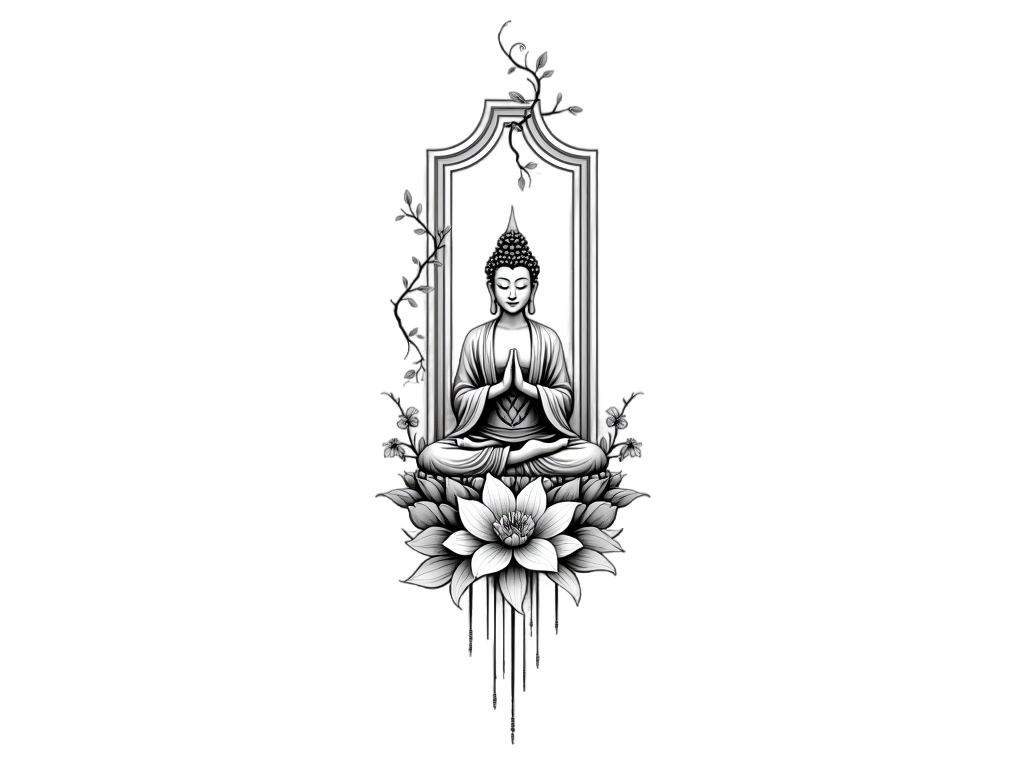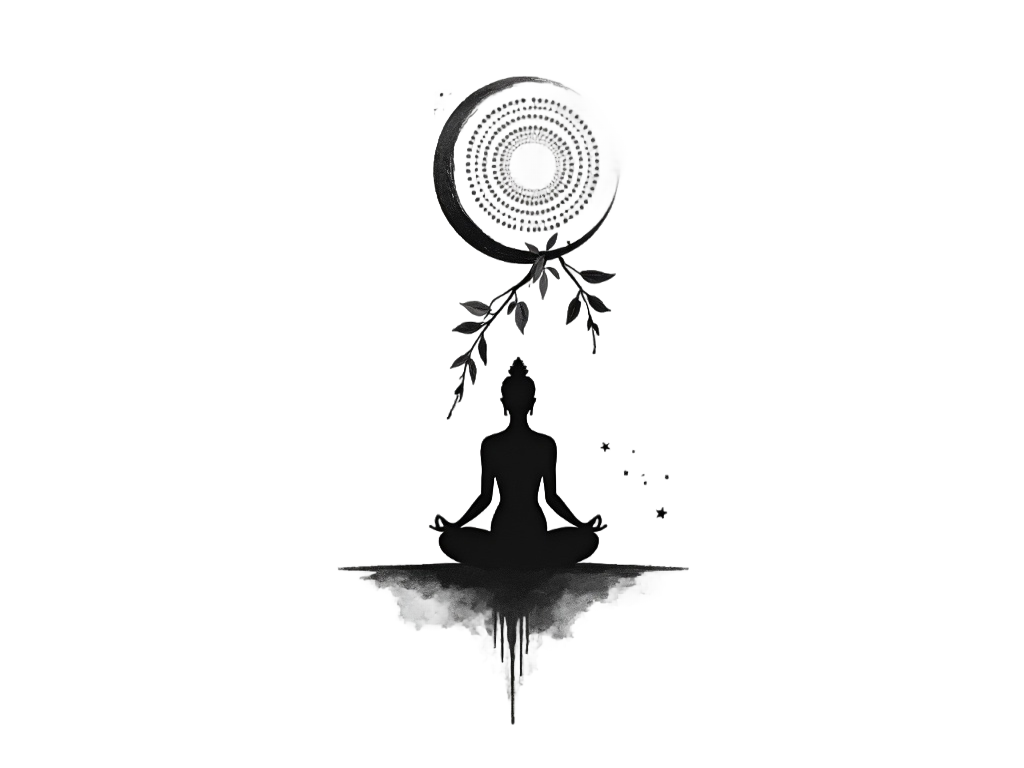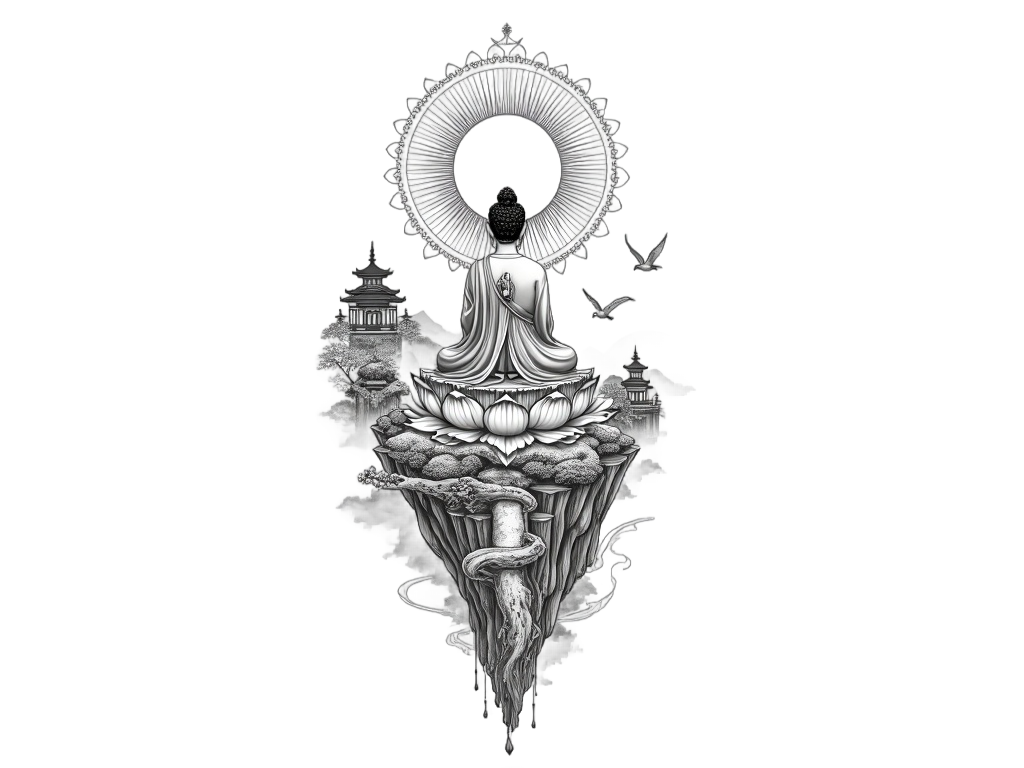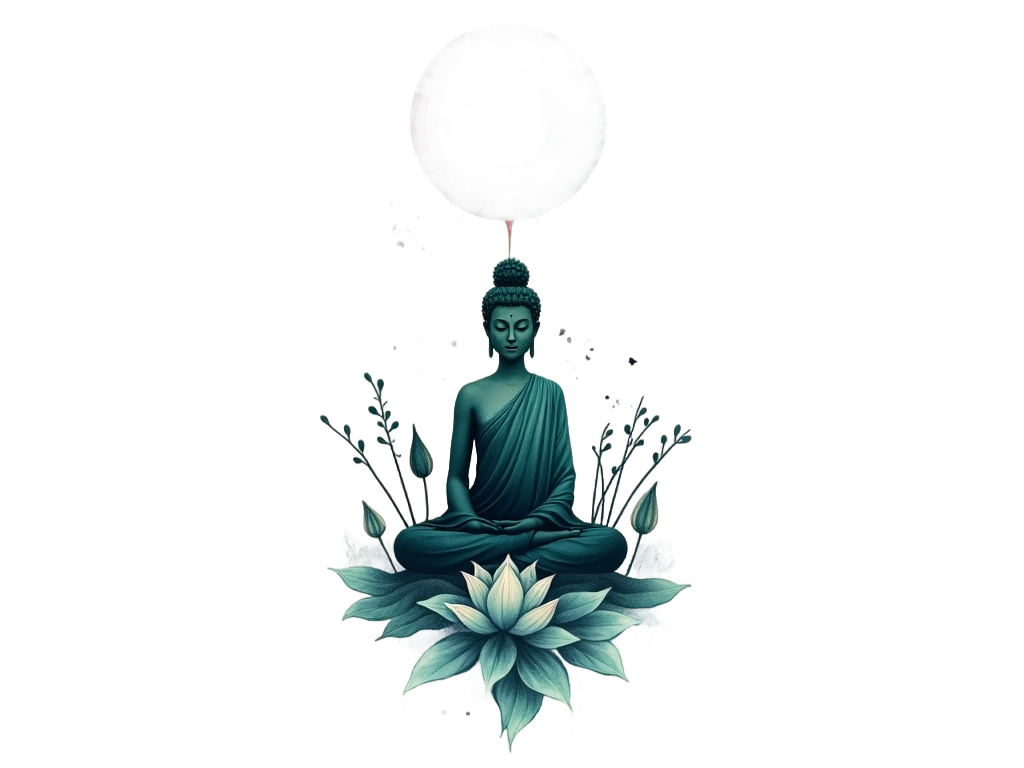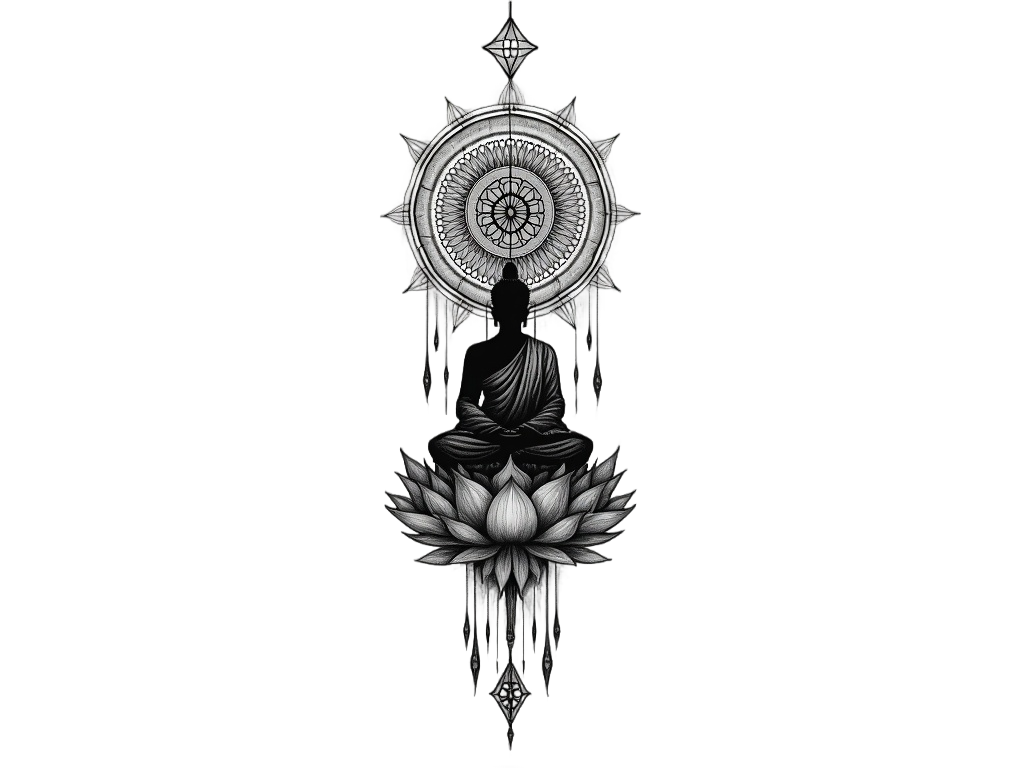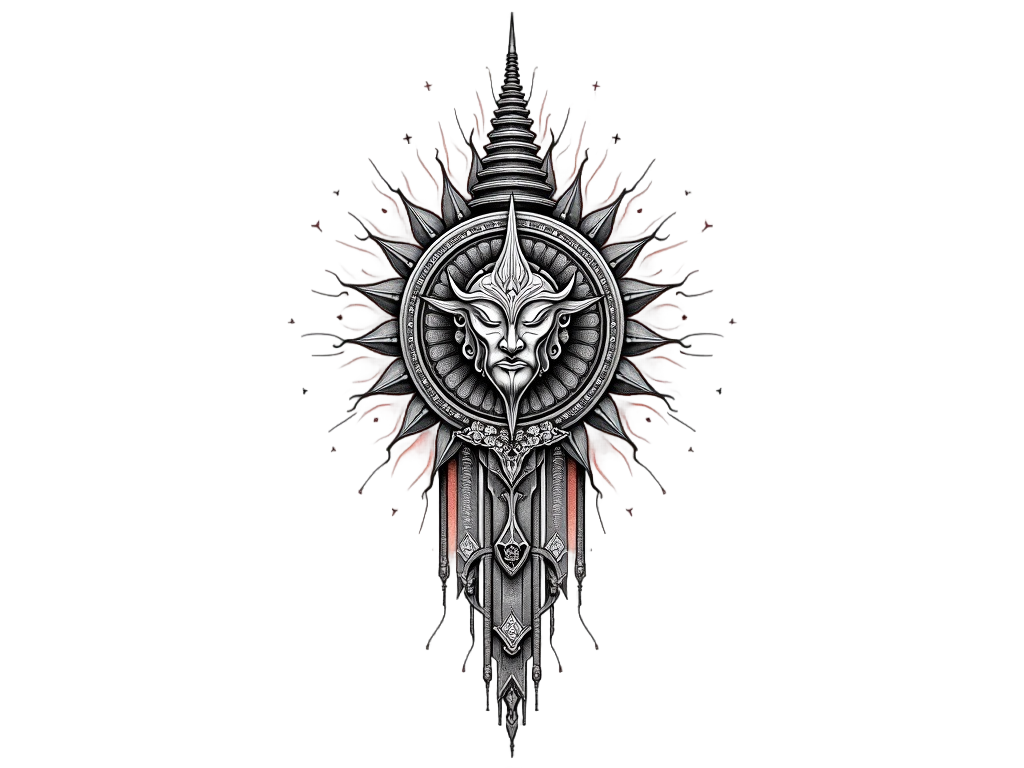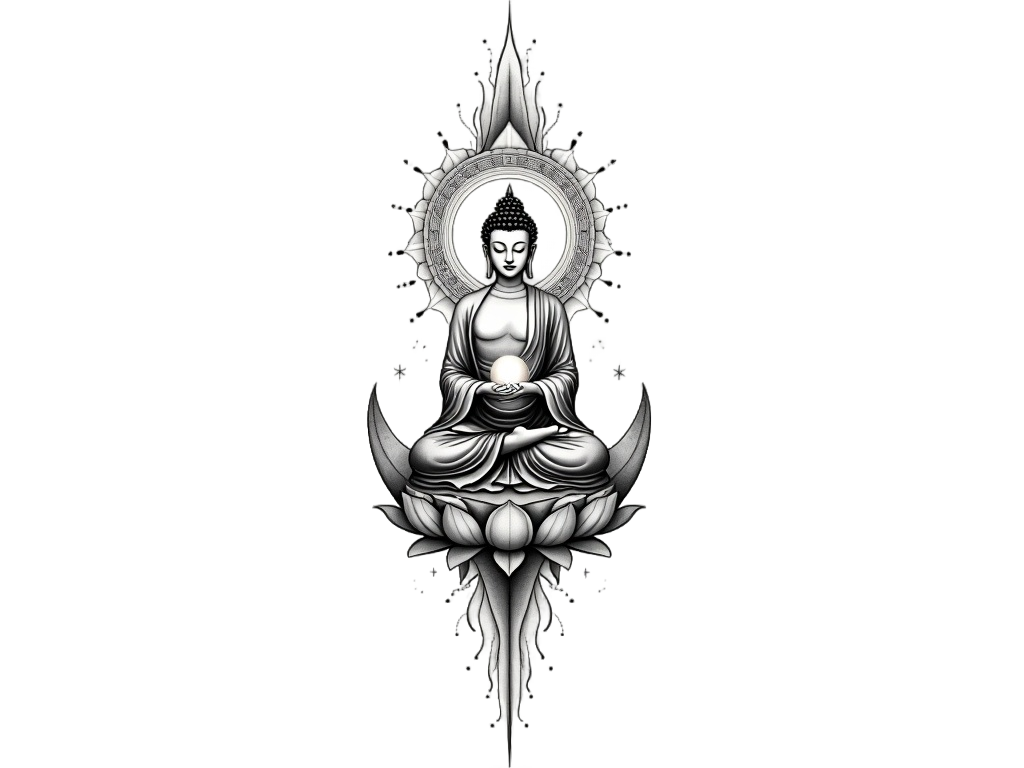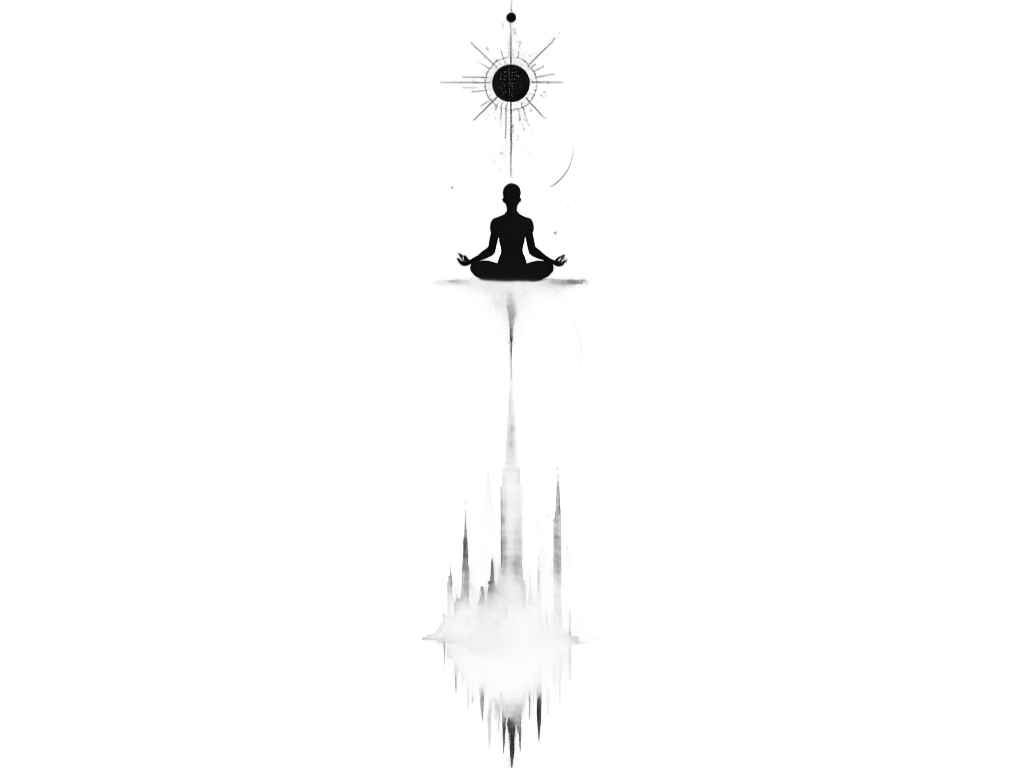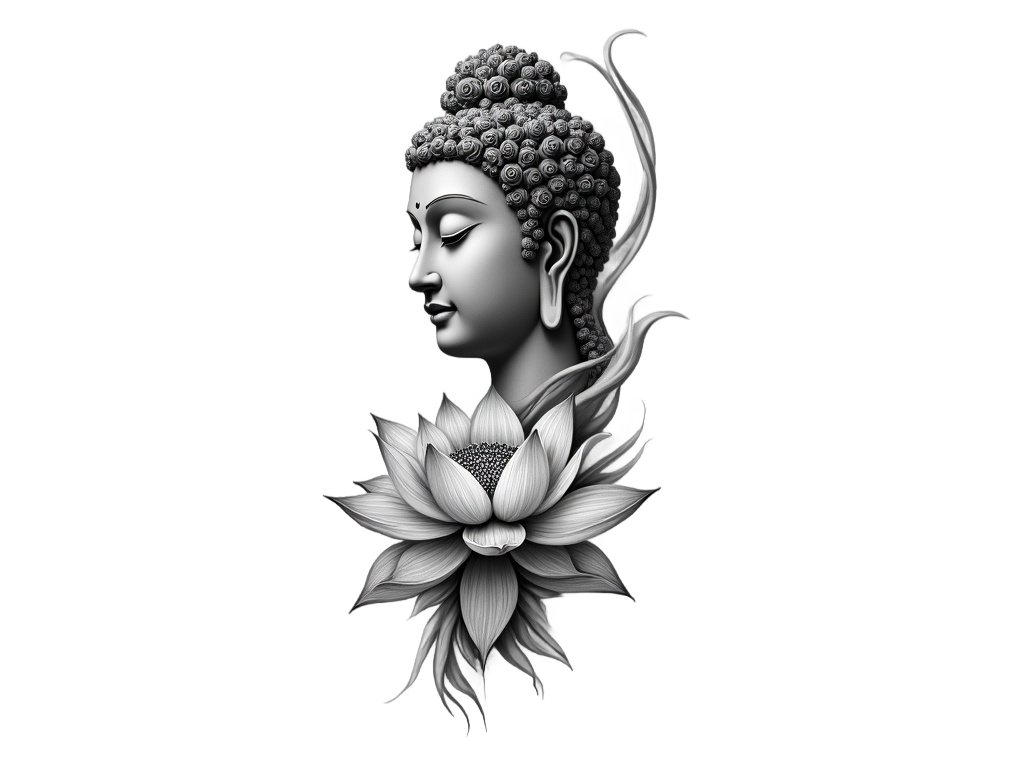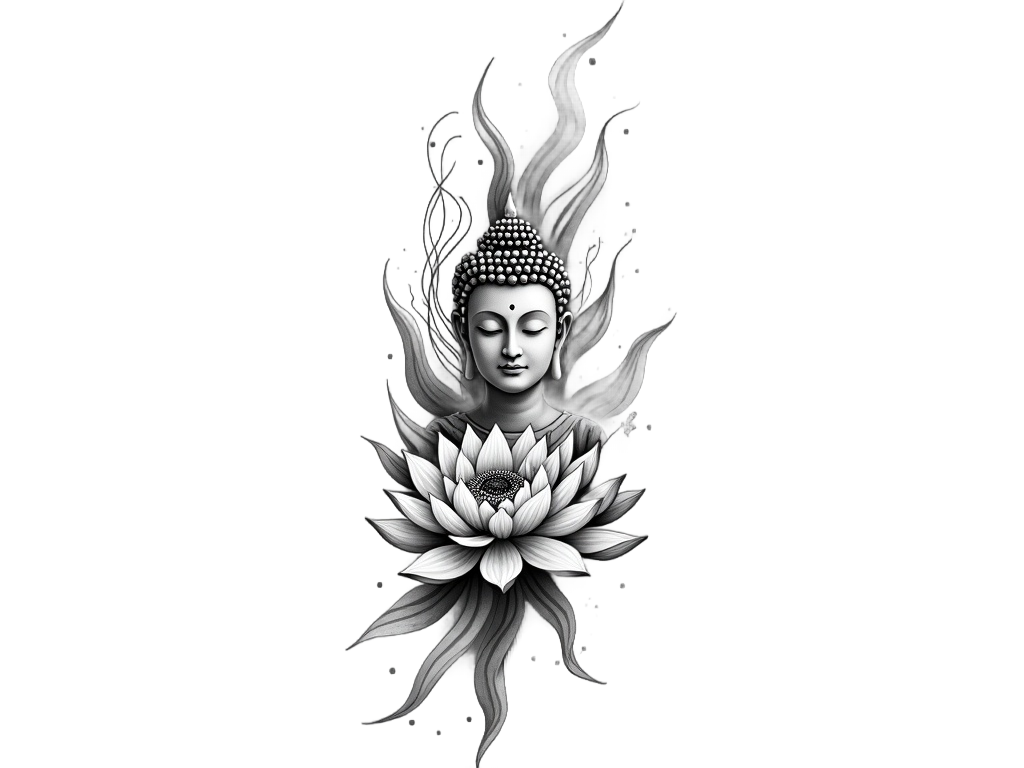Buddhist Tattoo Ideas, Designs and Meaning
Meaning of Buddhist Tattoos
- Buddhist tattoos often symbolize spiritual enlightenment, peace, and the journey towards inner harmony.
- Common elements in Buddhist tattoos include the Buddha, lotus flowers, mandalas, and dharma wheels, each carrying its own spiritual significance.
- The Buddha tattoo represents wisdom, compassion, and the path to enlightenment.
- Lotus flowers in Buddhist tattoos symbolize purity, spiritual awakening, and the ability to rise above challenges.
- Mandalas are intricate designs that represent the universe and are used as a tool for meditation and spiritual guidance.
- Dharma wheels, or Dharmachakra, signify the teachings of the Buddha and the cycle of birth and rebirth.
- Historically, Buddhist tattoos have been used as protective talismans and symbols of devotion in various Asian cultures.
- In Thai culture, Sak Yant tattoos are sacred Buddhist designs believed to offer protection and good fortune.
- Buddhist tattoos are popular among both men and women and can be placed on various body parts, often chosen for personal or spiritual reasons.
- These tattoos are typically done in a minimalist or traditional style, emphasizing the spiritual and cultural significance of the symbols.
- While Buddhist tattoos are deeply meaningful, it is important to approach them with respect and understanding of their cultural and religious significance.
3,916 Tattoo Ideas
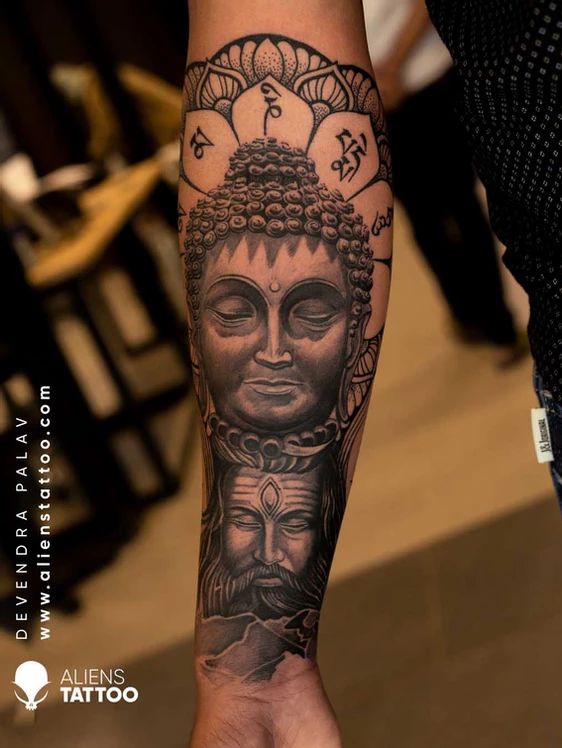

Classic Buddha Tattoo Designs by Aliens Tattoo India
Selection from Pinterest
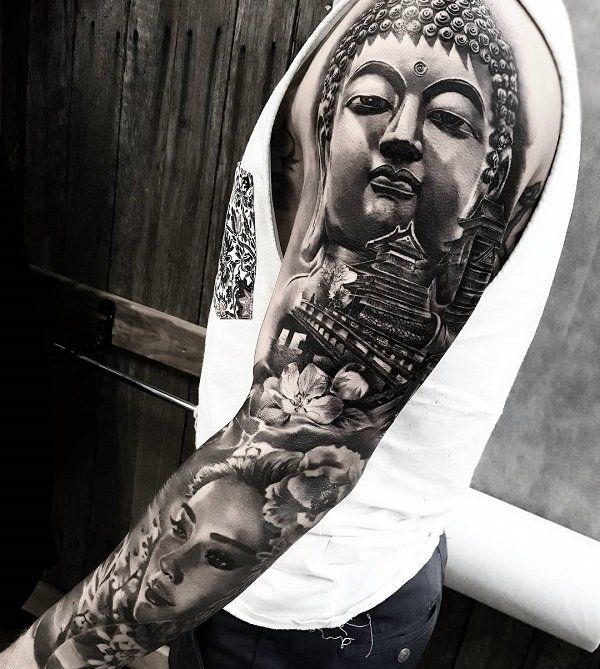

60 Inspirational Buddha Tattoo Ideas | Art and Design
Selection from Pinterest
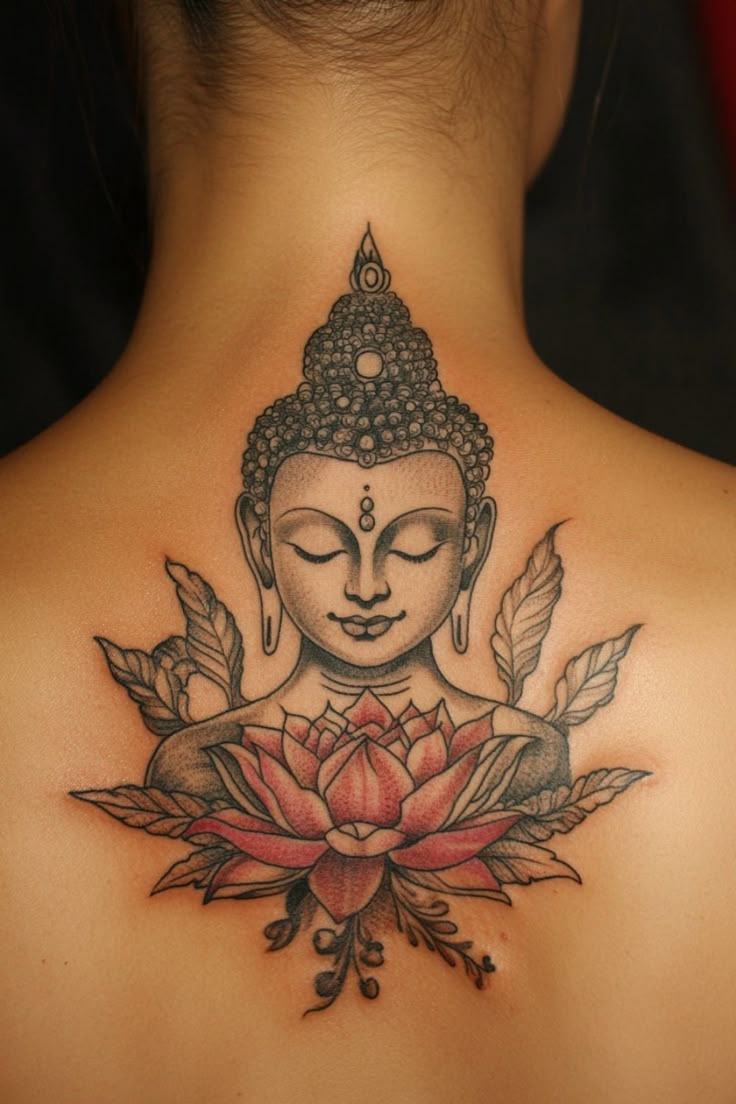

Uncover the Ultimate Buddha Tattoo Designs!
Selection from Pinterest
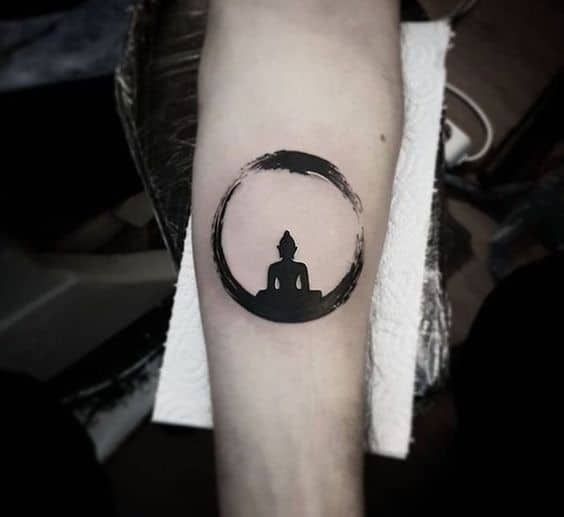

30 Best Buddha Tattoo Designs & Meanings
Selection from Pinterest


60 Inspirational Buddha Tattoo Ideas | Art and Design
Selection from Pinterest


10 Mesmerizing Buddha Tattoo Designs To Elevate Your Ink Game!
Selection from Pinterest
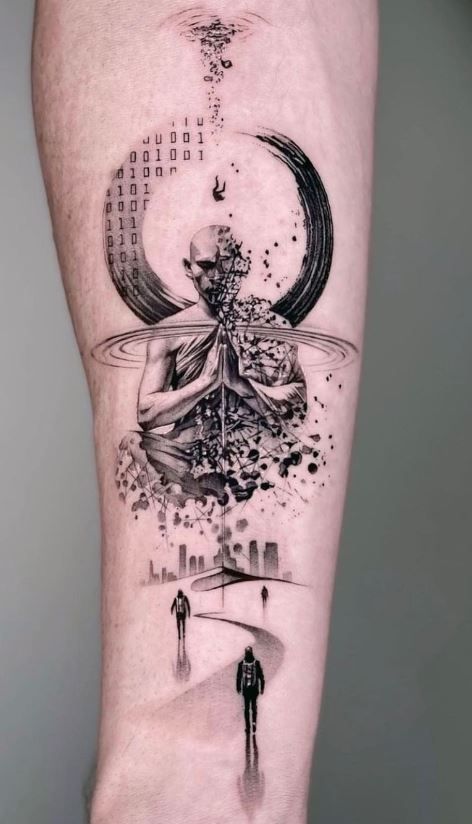

Buddha Tattoos
Selection from Pinterest


125 Gorgeous Looking Mandala Tattoo Ideas & Meanings - Wild Tattoo Art
Selection from Pinterest
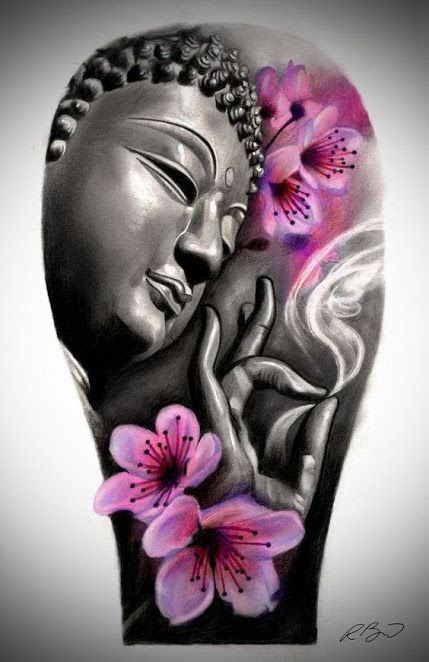

75+ Best Cover Up Tattoo Designs And Ideas For Men & Women
Selection from Pinterest


60 Inspirational Buddha Tattoo Ideas | Art and Design
Selection from Pinterest
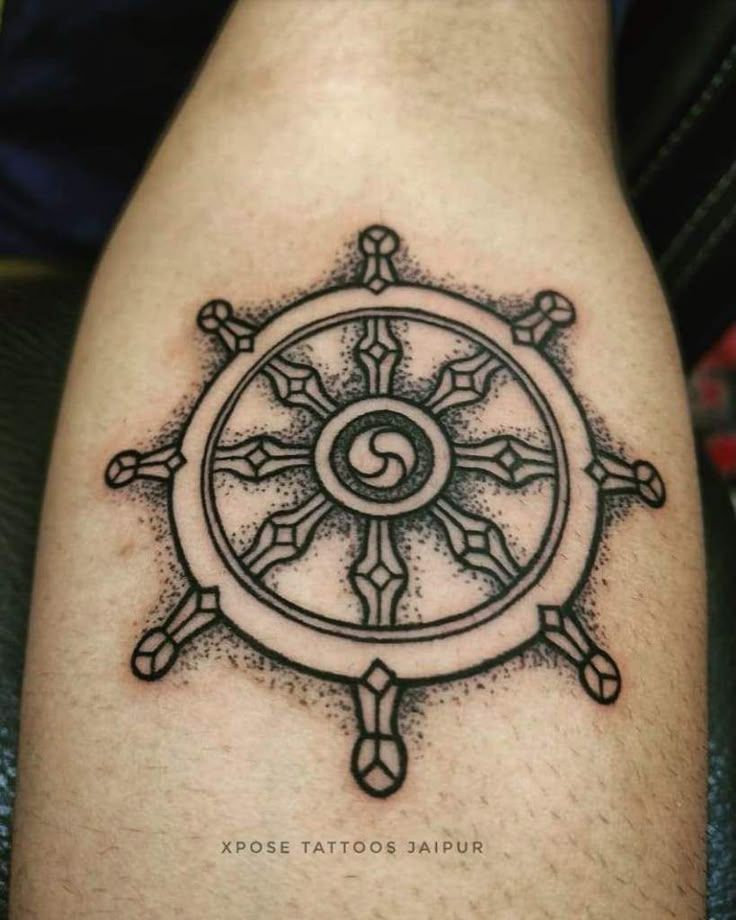

50 Best Buddhist Tattoos Ideas | Outsons | Buddhist tattoo, Buddhist symbol tattoos, Buddhism tattoo
Selection from Pinterest


15 Best Buddha Tattoo Designs For Men And Women!
Selection from Pinterest
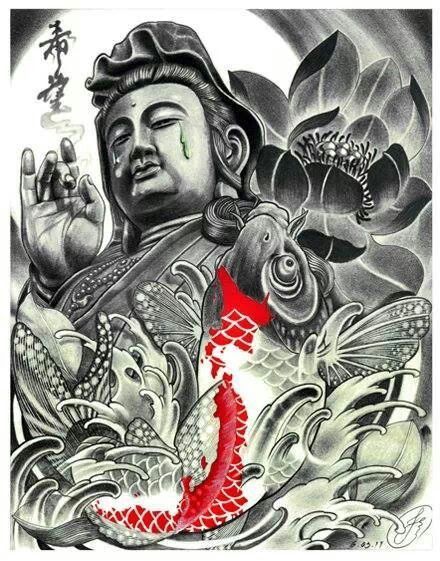

Buddha Tattoos - 51+ Excellent Tattoo Ideas For 2022 With Meaning
Selection from Pinterest


15 Best Buddha Tattoo Designs For Men And Women!
Selection from Pinterest
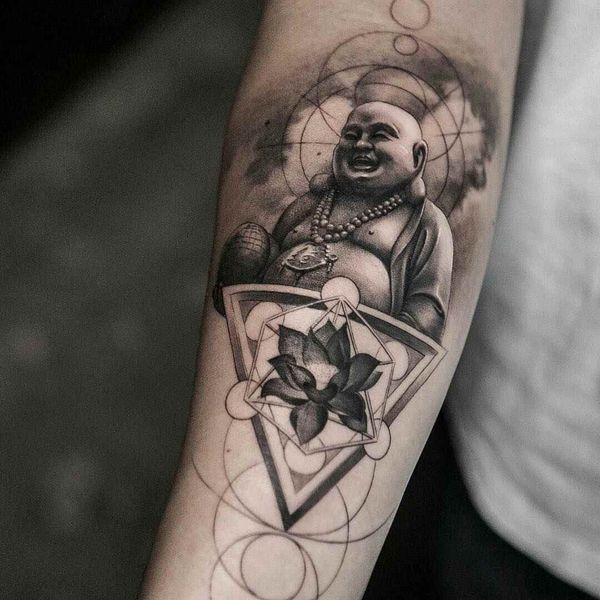

Buddha Tattoo Designs - 63 Ideas of Buddhist Tattoos
Selection from Pinterest


103 Epic Buddhist Tattoos for Men
Selection from Pinterest
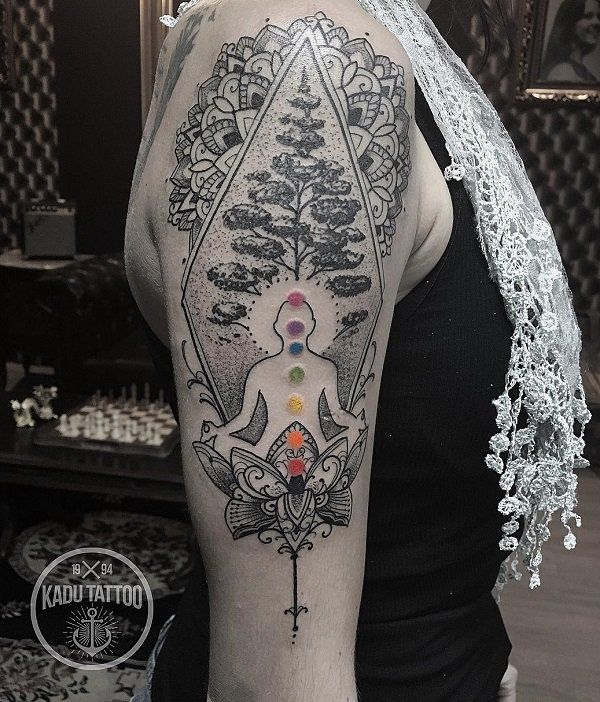

60 Inspirational Buddha Tattoo Ideas | Art and Design
Selection from Pinterest


Discover 10 tattoo ideas | buddha tattoo design, buddha tattoos, buddhist tattoo and more
Selection from Pinterest
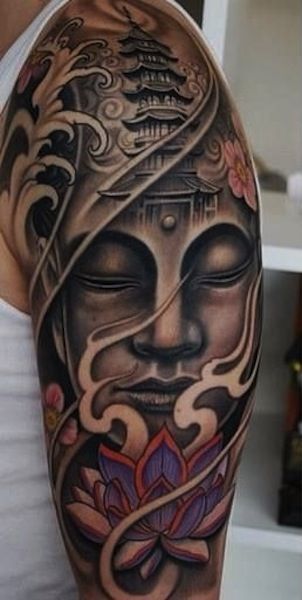

131 Buddha Tattoo Designs That Simply Get it Right | Buddhist tattoo, Buddha tattoos, Buddhist tattoo sleeve
Selection from Pinterest
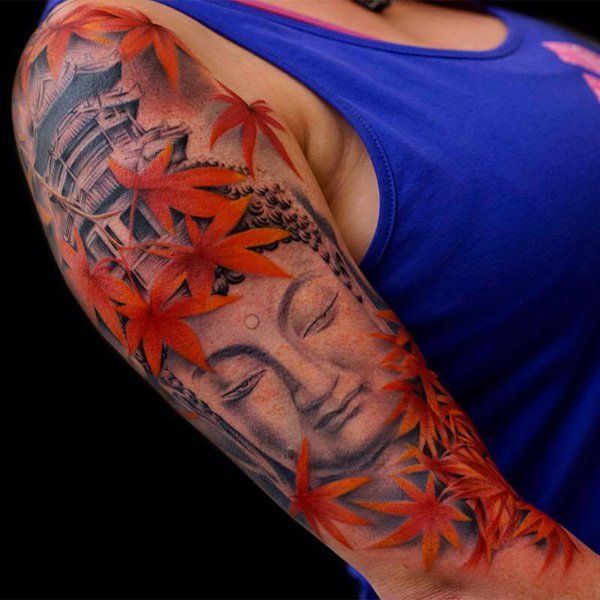

60 Inspirational Buddha Tattoo Ideas | Art and Design
Selection from Pinterest
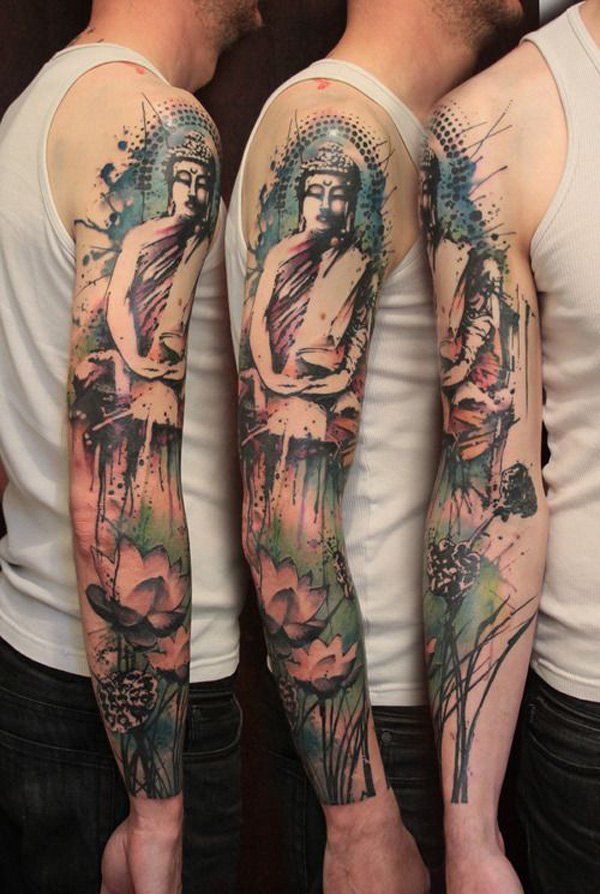

60 Inspirational Buddha Tattoo Ideas | Art and Design
Selection from Pinterest
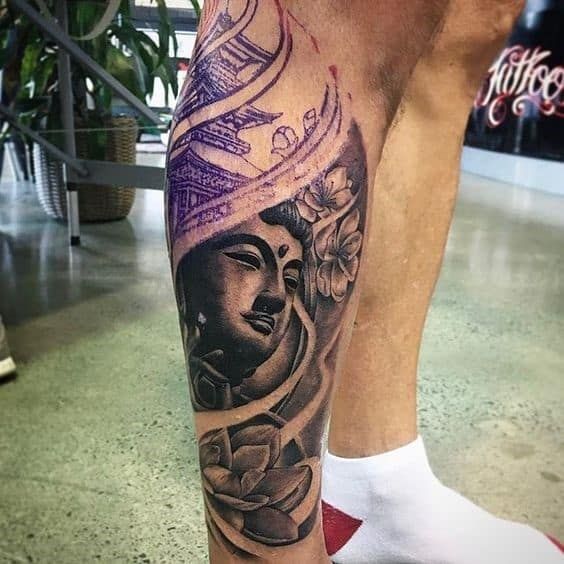

30 Best Buddha Tattoo Designs & Meanings
Selection from Pinterest
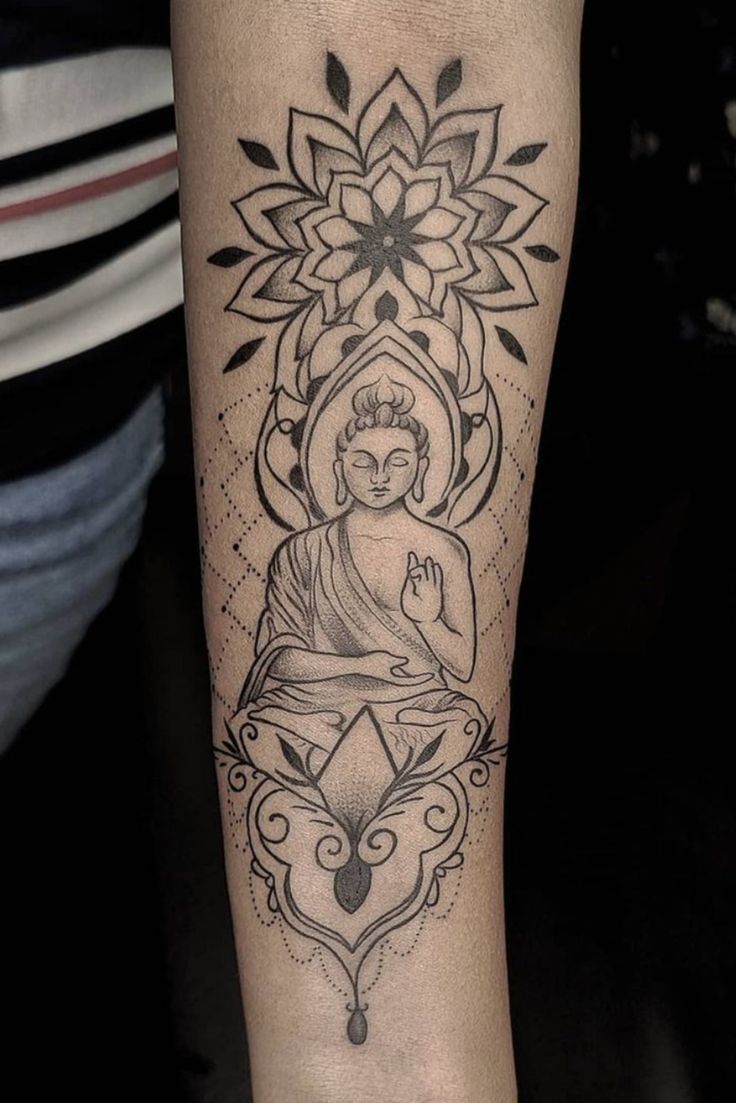

FOREARM BUDDHA TATTOO DESIGNS
Selection from Pinterest
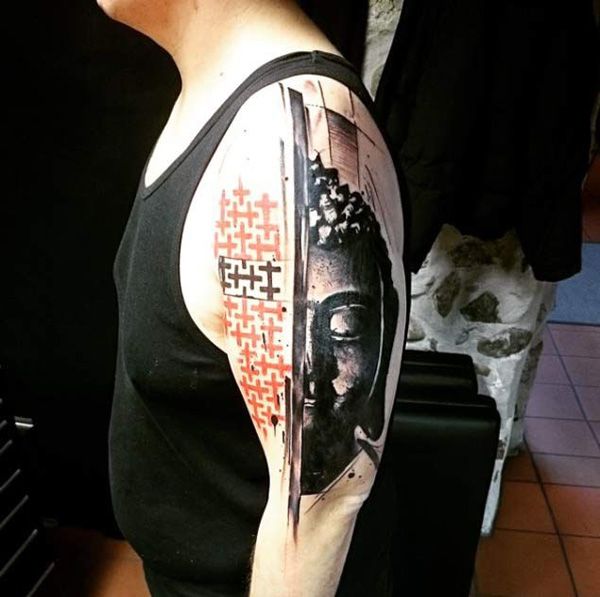

60 Inspirational Buddha Tattoo Ideas | Art and Design
Selection from Pinterest
One App to Store All Your Tattoo Ideas
Store your tattoo ideas in one place and Virtual Try-On them on your body!

Avoid Regrets with 3D Virtual Try-On!
Do a 3D Virtual Try-On to see how your tattoo design looks like on your body before you get it tattooed. Powered by Tatship's AI and 3D technology.



Cultural Considerations and Taboos for Buddhist Tattoos
When considering a Buddhist tattoo, it's important to be aware of cultural sensitivities and taboos. In some Buddhist cultures, it is considered disrespectful to have a tattoo of the Buddha below the waist or on the feet, as these are seen as lower parts of the body. Additionally, in countries like Thailand and Sri Lanka, there are laws and regulations regarding the use of Buddha imagery, and it is considered offensive to use these symbols in a disrespectful manner. It's crucial to approach Buddhist tattoos with respect and understanding of their cultural and religious significance.
Popular Tattoo Styles and Variations for Buddhist Tattoos
Buddhist tattoos can be rendered in various styles, each offering a unique interpretation of the symbols. Traditional styles often include intricate line work and detailed imagery, capturing the essence of Buddhist art. Mandala designs are popular, representing the universe and the idea of balance and harmony. Minimalist styles focus on simplicity and clarity, often using single lines or small symbols to convey deep meanings. Watercolor styles can add a vibrant and modern twist to traditional symbols, using splashes of color to create a dynamic effect. Each style offers a different way to express one's connection to Buddhist teachings and values.
Historical Origins and Evolution of Buddhist Tattoos
The history of Buddhist tattoos dates back centuries, with roots in ancient Asian cultures where tattoos were used as spiritual symbols and protective talismans. In countries like Thailand, the tradition of Sak Yant tattoos involves sacred geometric designs and prayers, believed to offer protection and blessings to the wearer. These tattoos are often applied by Buddhist monks or practitioners in a ritualistic manner, emphasizing their spiritual significance. Over time, Buddhist tattoos have evolved and spread globally, becoming a popular choice for those seeking to express their spiritual beliefs and connection to Buddhist philosophy.
